LodgIQ uses state of the art BigData Analytics and AI / Machine Learning based algorithms to forecast demand and price hotel rooms.
The field of revenue management is fraught with friction, inefficiencies and inconsistencies due to faulty data, poor system communication and arcane tools. Beyond system intelligence issues, revenue managers face the challenge of a seemingly endless stream of dynamic data that impacts demand—ranging from historical trends and market fluctuations to impactful events, varying flight patterns and even minute factors like changing weather. Unsurprisingly, determining optimal room rates while managing these technical complications and balancing a near limitless array of data points can be daunting for even the most seasoned revenue manager.
With over 100 years of collective experience in revenue management and data science, at LodgIQ we empathize with hoteliers on the ever-increasing amount of diverse data from disparate systems, time-consuming manual analysis, and challenges required to continuously and confidently optimize room revenue. Through a paradigm shift away from traditional and rigid revenue management, LodgIQ is helping the way hoteliers approach revenue-related decisions.
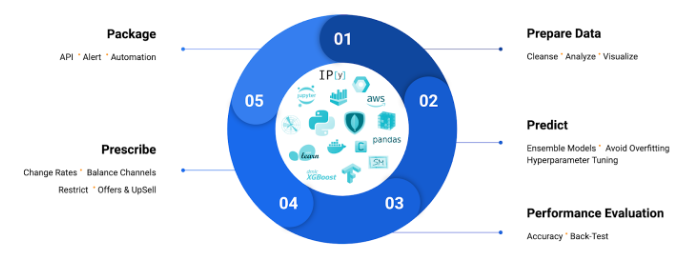
Data analysis and visualization is used to cleanse Hospitality and Travel Industry Data in a Big Data environment to identify patterns and anomalies in pricing and demand by segment, day of week, month of year, days before arrival, same day last year, etc.
State-of-the-art cloud engineering is performed using Cloud Services like EC2, S3, IAM and big data tools like EMR and Athena. This ensures scalability to thousands of hotels while maintaining sub-second response time. Care is taken to sift through large swathes of data to surface only the relevant pieces in an accurate and timely fashion. AI robots sift through Terabytes of data and identify demand or price movements and notify the user with actionable intelligence.

Unique pipeline process consists of the following steps
Ingestion of data on a daily basis at a Market, Property and Compset level. LodgIQ has a state of the art machine learning pipeline to train, test and tune models.
Evaluate
We track and tune models for Forecasting and Pricing on a daily basis to measure accuracy using evaluation metrics like MAPE (mean absolute percentage error) and MAE (mean absolute error) between predicted and actualized values. These evaluation metrics are tracked across several dimensions: day of the week (DOW), days before arrival (DBA) and segments (transient, group or corporate).
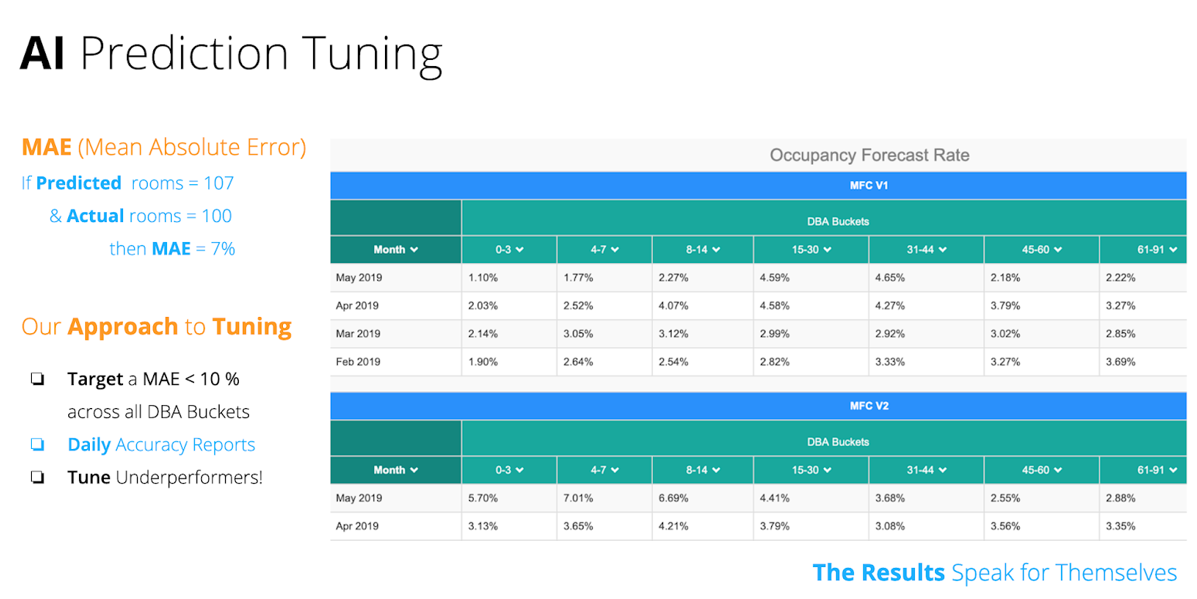

Prescribe
LodgIQ Pricing engine is a third generation pricing algorithm. The guiding design principles were:
Pricing engine is based on creating two separate models:
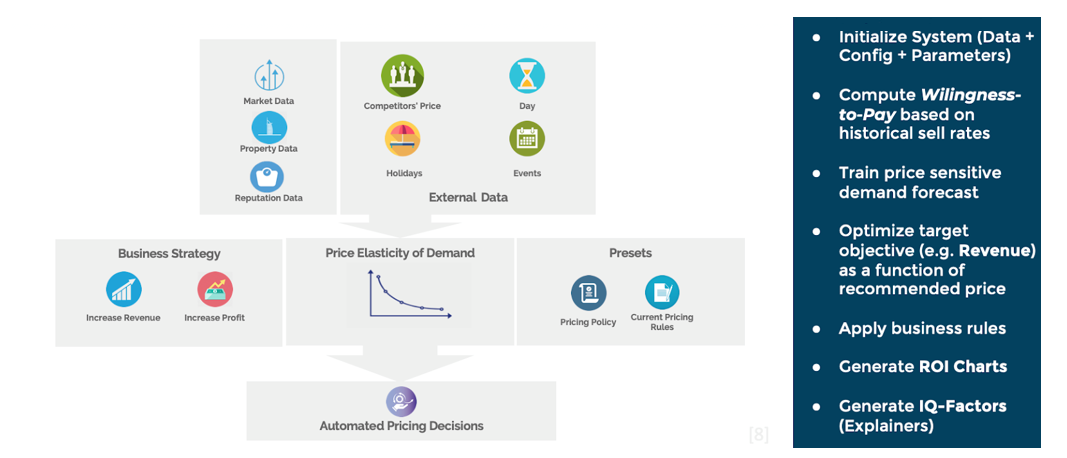
At a given price point p, for a given vector of features (asof-date, stay-date combination, rooms OTB, etc.) the number of rooms sold is the number of customers in the demand pool that are willing to pay the price and the total demand D.
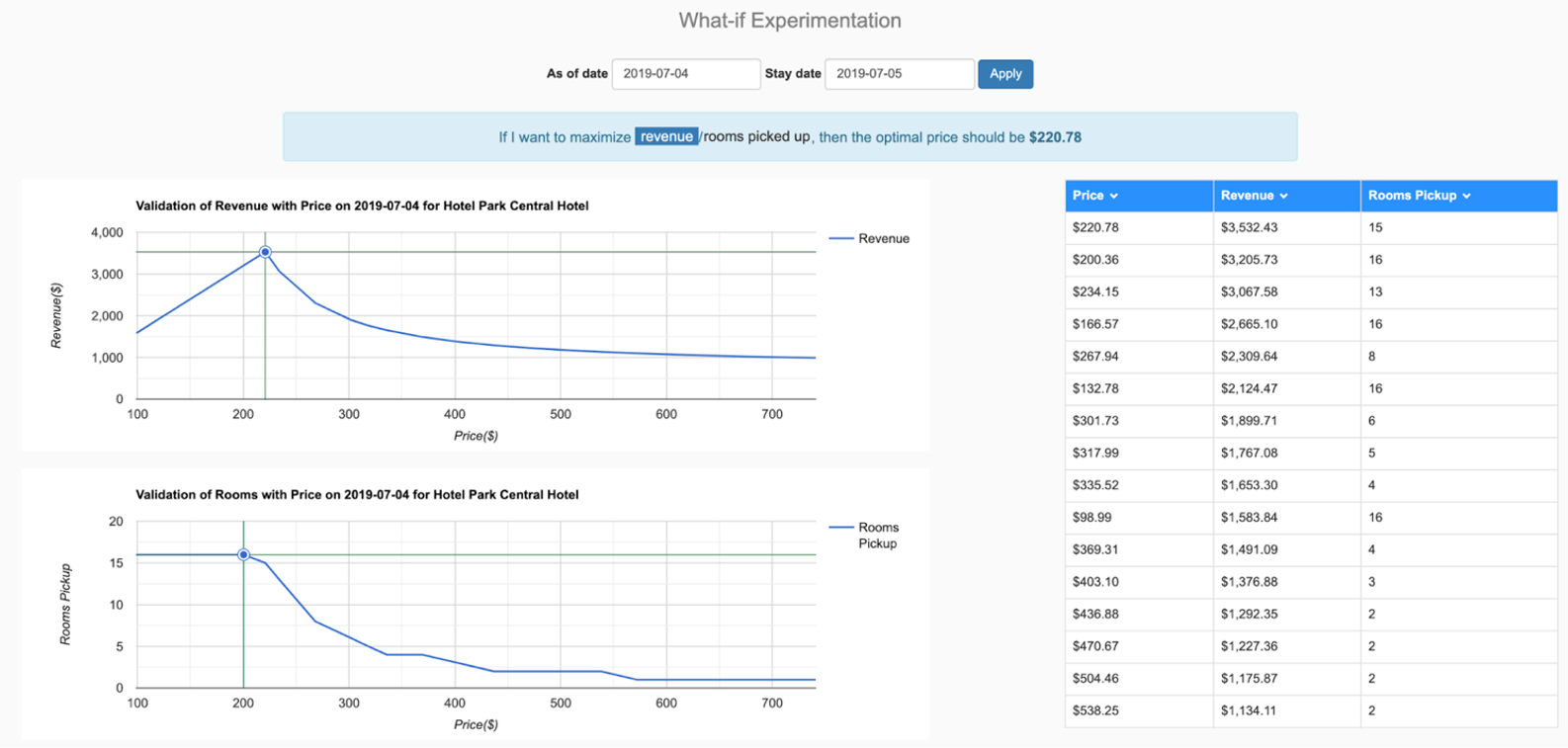
Package and Present
The results of these sophisticated algorithms are packaged as API and presented to the applications.
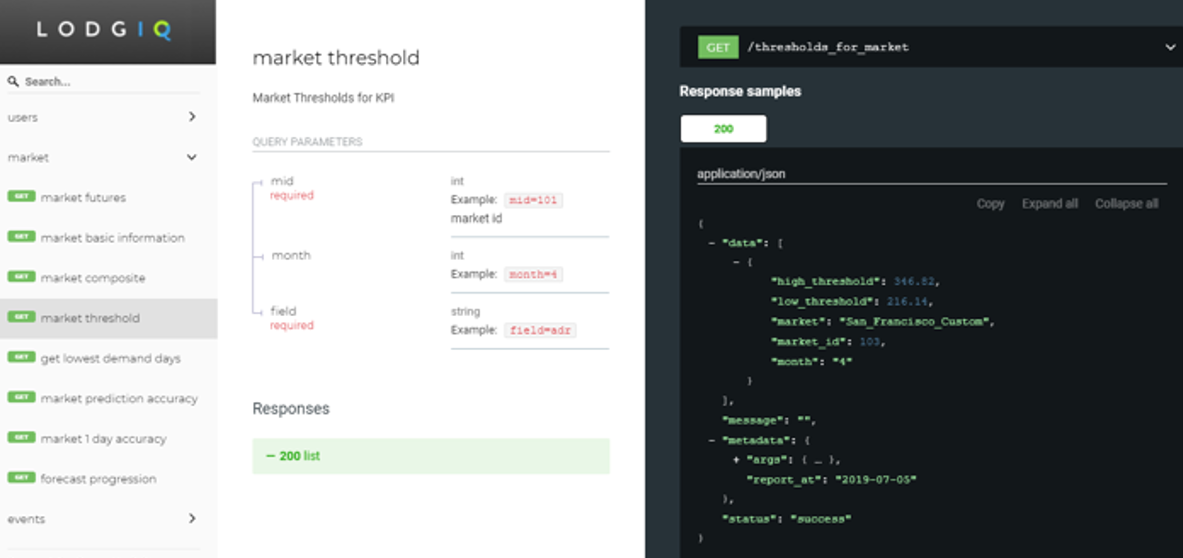
The cycle begins with and ends with continuous improvement!
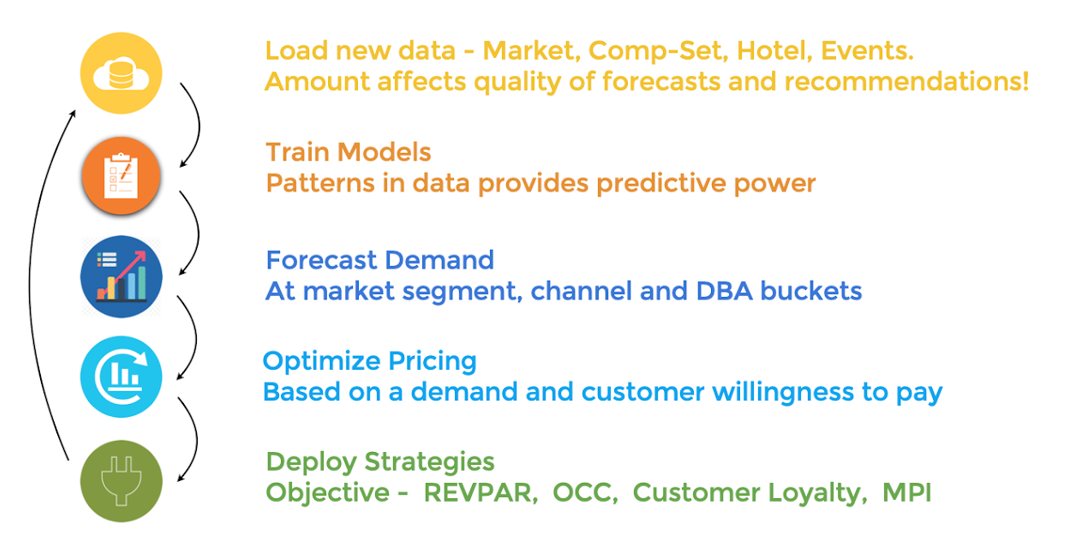
State of the art pipeline to train, evaluate and tune a spectrum of models.
Modern AI/ML models to forecast KPIs (Occupancy, RevPAR, ADR, Revenue). Both at market and individual hotel level.
Accurately estimate event impact (on demand and on price) for specific event days and also for dynamic ranges of shoulder dates.
Continuous tracking of accuracy (forecasted vs actualized)
Across KPIs (Occ, RevPAR, ADR)
Across dimensions (DOW, MOY, DBA, Segment)
Modeling demand and price elasticity using a sophisticated willingness-to-pay based objective function to maximize revenue.
A modern API based integration of key components (forecast and pricing) inside your applications.
I've tested various Revenue Management Systems (RMS), but none have impressed me as much as LodgiQ
LodgIQ defines the NEW ERA in revenue management
Finally a system that is easy to understand without unnecessary data and noise

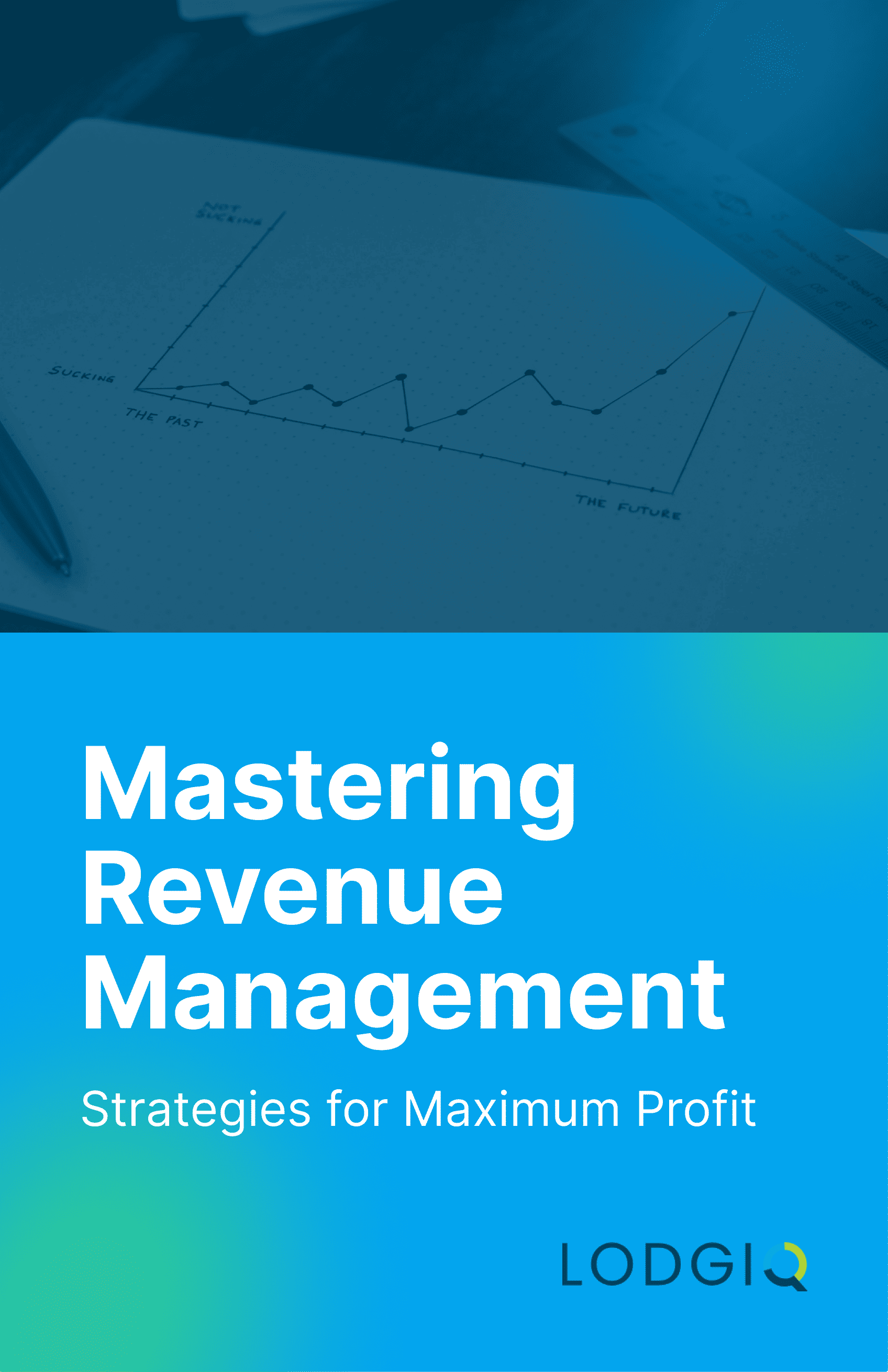
Get exclusive market insights & smart tips to avoid losses.